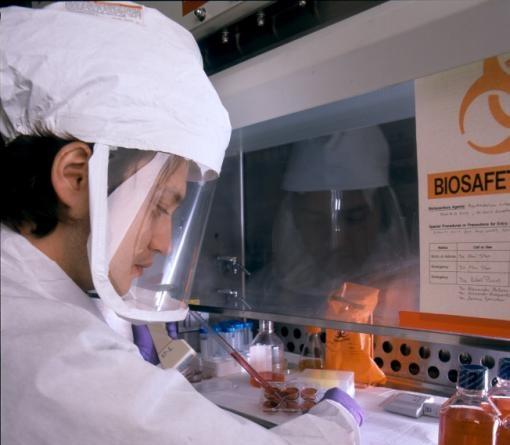
Symptoms associated with long COVID in children differ based on the child's age, according to a nationwide, multisite study presented at the Pediatric Academic Societies 2024 Meeting late last week in Toronto.
Researchers grouped infants, toddlers, and preschool-age children (birth to 5 years), school-age children (6 to 11 years), adolescents (12 to 17 years), and young adults (18 to 25 years) to compare symptoms and long-COVID trends. The participants included 7,229 caregivers and children enrolled in the National Institutes of Health's Researching COVID to Enhance Recovery (RECOVER)-Pediatrics study, 75% of whom had reported having had a COVID-19 infection.
Preschoolers more likely to report general symptoms
School-age children, adolescents, and young adults all reported more fatigue, headaches, and trouble concentrating and focusing. Change in smell or taste was more commonly described by adolescents and young adults.
Chest pain and palpitations were more common in young adults, but not in the younger age groups, the authors said.
In general, children 5 and younger with a history of COVID-19 infection were more likely to report general symptoms, including poor appetite, trouble sleeping, and fussiness compared to peers with no history of COVID infection.
These findings underscore the importance of characterizing Long COVID in children while researchers are still discovering the long-term effects of COVID-19 infection in this age group.
"These findings underscore the importance of characterizing Long COVID in children while researchers are still discovering the long-term effects of COVID-19 infection in this age group, " said Rachel Gross, MD, associate professor of pediatrics and population health at New York University Grossman School of Medicine and a presenting author. "This research is important because clinicians can appropriately diagnose and treat Long COVID when they better understand how different age groups are affected by the condition."















